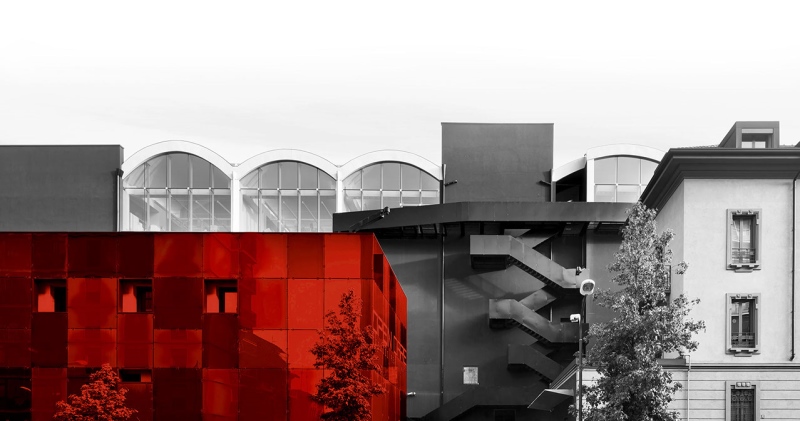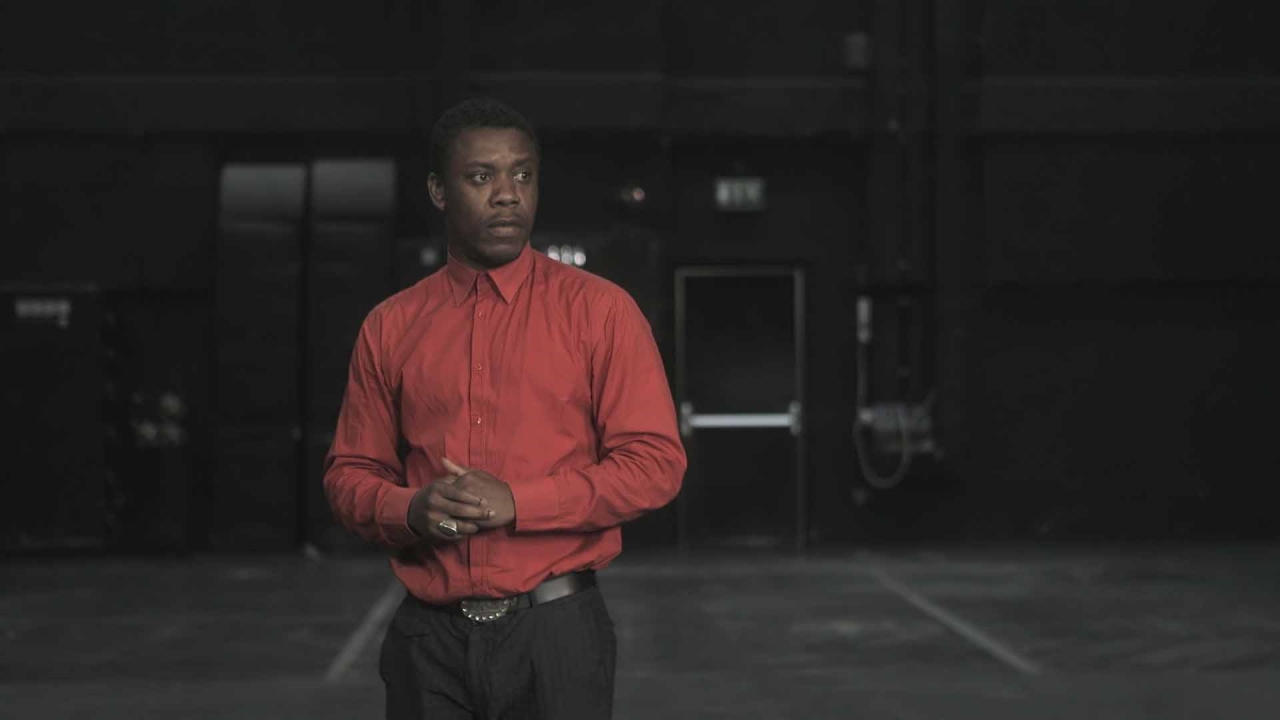The White Hunter
African memories and representations
Curated by Marco Scotini
The new and wide ranging collection presents an investigation into the decentralization of the hegemonic and indisputable
model of western artistic modernity in the current geo-political scenario.
FM Centro per l'Arte Contemporanea is pleased to present the third event of its exhibition program on the occasion of the next edition of MiArt during the Milan Art Week: Il Cacciatore Bianco/The White Hunter. African Memories and representations. The new and wide ranging collection curated by Marco Scotini – following on from the success of the preceding L'Inarchiviabile dedicated to the 1970s in Italy and of Non-Aligned Modernity regarding the Yugoslavian artistic scene during the Cold War – continues an investigation into the decentralization of the hegemonic and indisputable model of western artistic modernity in the current geo-political scenario.
Il Cacciatore Bianco/The White Hunter is an exhibition about the construction that the West has made of Africa rather than about its art. As Marco Scotini, the curator the artistic director of FM Centro per l’Arte Contemporanea, writes: “Recognition begins with a radical criticism of our view of Africa. Are we sure that what the white hunter saw, at the beginning of the previous century, is not still the same subject of our gaze? What should be heard throughout the entire exhibition is how this view (that of the hunter) has been fundamental in the construction of a subjugated Otherness. At the same time, we need to investigate the possibilities that cannot be assimilated that have been excluded”.
THE EXHIBITION
With over 30 contemporaryand an equal number of anonymous, traditional artists with more than 150 works, Il Cacciatore Bianco/The White Hunter presents a path articulated around the forms of representation and reconstruction of memory and African contemporary reality through works from – as well as from the Parisian Fondation Cartier pour l’art contemporain - major Italian collections and archive material on Italian colonial history. The artists are positioned over an almost complete map of the African continent, covering 15 different nations: Tunisia, Algeria, Mali, Senegal, Sierra Leone, the Ivory Coast, Ghana, Benin, Nigeria, Cameroon, Congo, Kenya, Mozambique, Madagascar and South Africa.
The introduction to the entirety of the exhibition has been entrusted to Pascale Marthine Tayou, who will be transforming the entrance to the exhibition space into a sort of hut crammed with trinkets, suggesting the tourists’ concept of an African stereotype.
The first section is a flashback to the colonial Italy of the 1920s and 30s, presented through the film Pays Barbare (2013) by the artists Yervant Gianikian and Angela Ricci Lucchi, pioneers in the archeological reconstruction of imperialism and racial ideology through images. The work begins with the quotation: “Ethiopie, pour ce pays primitive et barbare, l’heure de la civilisation a désormais sonné”. In the same way, Peter Friedl re-proposes Carlo Enrico Rava’s model for the FIAT plant in Tripoli. There will also be some rare written works and documents: books by Francesco Tedesco Zammarano and Carlo Piaggia, some photographic albums on Libya and by Capitano Roberto di San Marzano. Together with Sammi Baloji, Kader Attia also investigates the colonial past within the perspective of cultural re-appropriation, introducing the fetishes, masks and African traditions in a continuous encounter/clash with the disfigured faces of the survivors of the Great War.
The second section is dedicated to traditional ancient artworks with the reconstruction of the rooms dedicated to Negro Art at the 1922 Venice Biennale, at the dawn of Fascism. It presents a nucleus of statues and masks from Mali, from the Ivory Coast, from Cameroon, Gabon and the Congo, aimed at ‘evoking’ that historic moment in time together with its aesthetic sensitivity which was followed by the exclusion of African art from official exhibitions up until very recently.
The third section is a direct reference to the 1989 exhibition Magiciens de la terre, a series of samples of that art which, once again, was presented as being uncontaminated, primitive and original. The examples go from Seni Awa Camara’s beautiful terracotta products to John Goba’s fetishes made from wood and porcupine quills, from Cyprien Tokoudagba’s Vodun divinity to Bodys Isek Kingelez’s imaginary architecture and the Congolese Chéri Samba’s popular paintings.
In the fourth section, the responses to the South African question are displayed. These are by artists such as William Kentridge – with a plurality of languages, amongst which is the video installation History of the Main Complaint (1996) or the reworking of the traditional fetish subject in Twilight of the Idols by Kendell Geers or Moshekwa Langa’s maps. The fourth section continues with various practices of re-appropriation and resistance in the forms of exclusion, hegemony and homogenization, with works by Yinka Shonibare, Rashid Johnson, Ouattara Watts, Cameron Platter and thetapestries of El Anatsui and Abdoulaye Konaté.
The fifth section is dedicated to the morphologies of difference, in which we find hybridized figures that can be recognized in the conditions of migrants, by Wangechi Mutu’s fragmented female figure, John Akomfrah’s anti-mythical films of memory, in Meschac Gaba’s itinerant museums and Georges Adéagbo’s casual and improvised archives. One section is dedicated to historic photographs with portraits by Seydou Keïta, Malick Sidibé’s vintage photographs and Samuel Fosso’s self-portraits.
The exhibition closes with a series of other sections touching on the subjects of identity, diaspora and war, with works by Guy Tillim, Gonçalo Mabunda, Nidhal Chamekh, Nicholas Hlobo and Joël Andrianomearisoa. At the end, an enormous drapery by the young Ghanaian artist Ibrahim Mahama will leave the spectator with an accumulation of collective narratives deposited on jute sacks as the symbolic traces of the open exchange between Africa and the world.
The project, curated by Marco Scotini, has benefitted from a committee of multi-disciplinary advisors which includes: Simon Njami, artistic director of the Dakar Biennial, Gigi Pezzoli, Africanist, Grazia Quaroni, senior curator, the Fondation Cartier pour l’art contemporain and Adama Sanneh, director of programs, Fondazione lettera27.
The exhibition is accompanied by a program of seminars, conferences and screenings arranged in collaboration with Fondazione lettera27, the Festival of African, Asian and Latin American Cinema, the Biennial of Lubumbashi, the Centro Studi Archeologia Africana and other organizations.
For more information please visit http://www.fmcca.it/en/21/eve/26-the-white-hunter/.

